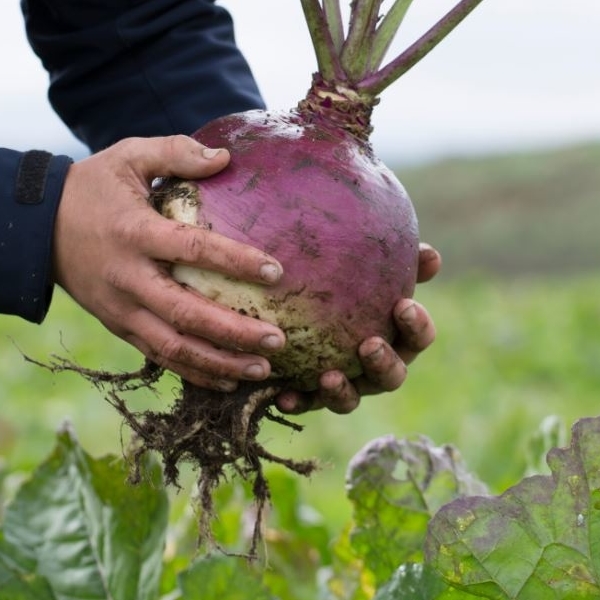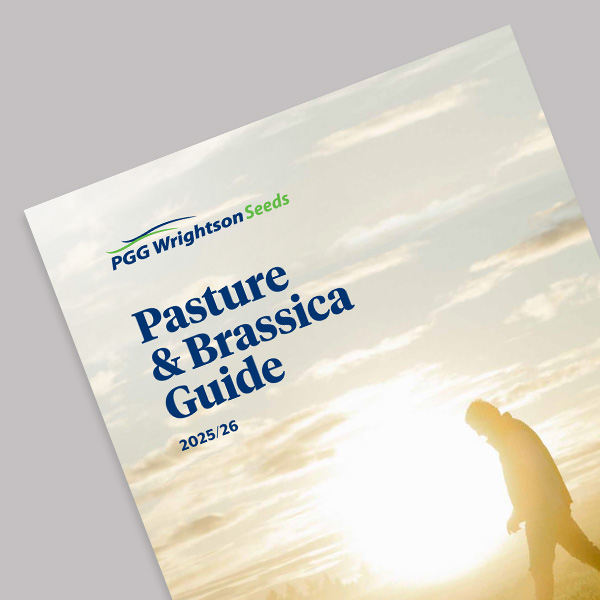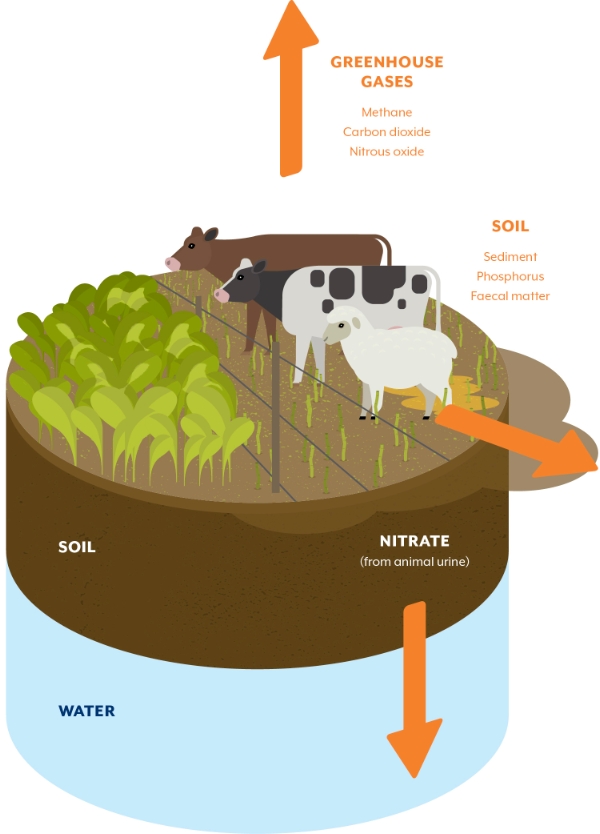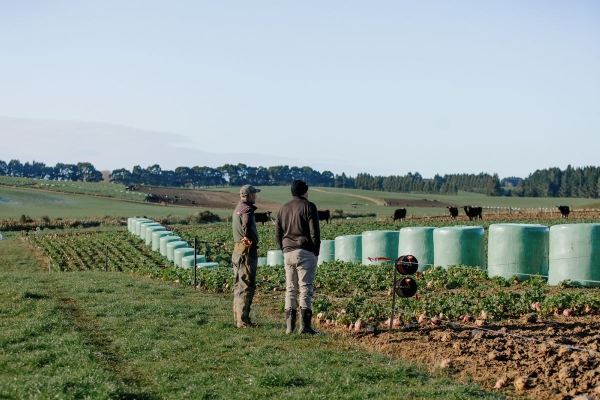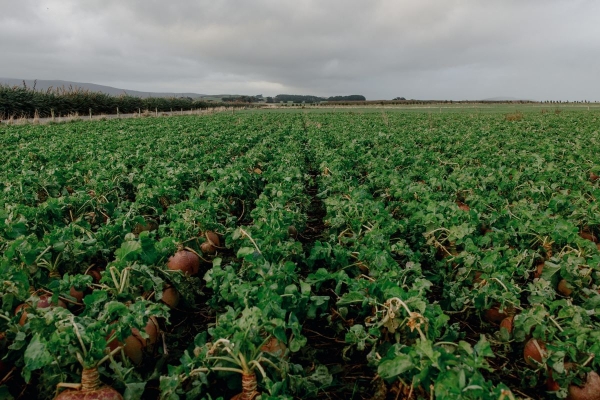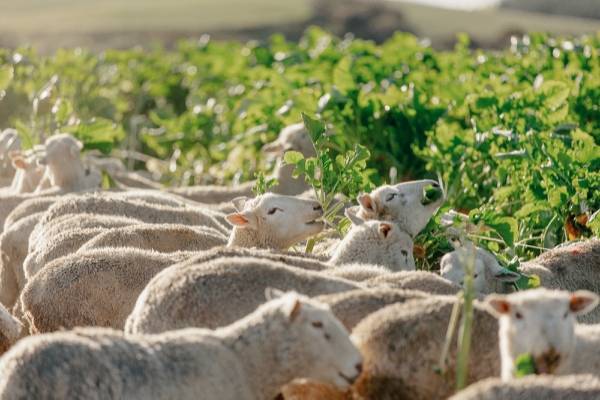Winter cropping and the environment
WHAT'S BEST FOR THE ENVIRONMENT CAN HAVE OTHER BENEFITS TOO
Selecting the right paddock, getting crop establishment right and managing grazing stock well goes a long way to helping the environment and meeting requirements of your regional council and current and/or future regulations released by the Ministry for the Environment (MfE).
Key issues
-
Loss of soil including phosphorus from crop paddocks into waterways.
-
Movement of nitrate from animal urine to waterways.
-
Greenhouse gas emissions from stock.
Keeping stock out of waterways away from critical source areas (CSAs) - key benefits:
Enviornment
- Reduced loss of soil sediment, phosphorus and faecal matter to water.
Animals
Away from muddy CSAs:
- Able to lie down/rest, more content stock, more likely to meet animal welfare code
- Improved image for international markets
Your farm business
- Sustainable farming for future generations.
TIP: Selecting the right paddock, getting crop establishment right and managing grazing stock well goes a long way to helping the environment and meeting the requirements of your regional council. As of October 2024, the New Zealand government Primary Production Select Committee published its final report on Resource Management (Freshwater and other management). The intent of the bill is to reduce the 'regulatory burden' on farmers and to repeat aspects of some but not all current intensive regulations.
As an interim measure, contact your regional council to receive up-to-date advice about intensive winter grazing regulations relevant to your property.
SMALL CHANGES CAN MAKE BIG DIFFERENCES WHAT TO DO TODAY
What to do today
Depending on the time of year, winter crop planning can start today – paddock selection for next year or grazing management for the crop being grazed today. Review your obligations as required by your local regional council for crop planning, including maximum areas of crop that you can sow and grazing strategies that optimise outcomes for both your animals and the environment.
FARM ENVIRONMENT PLANS (FEP) AND FRESHWATER FARM PLANS (FWFP)
Winter crop planning is no longer simply part of regular farm planning. Planning for and implementation of crop management now forms a part of the FEP and FWFP, as well as needing to meet expectations of local catchment groups, regional councils, and future changes to regulations within the current National Environment Standards for freshwater (NES-FW). Well planned and implemented winter crop management will help meet current and future environmental components of industry assurance programmes such as the New Zealand Farm Assurance Programme unless obligations under the NES - FW are repeated under the coalition government.
More information about FEPs and FWFPs, the NES-FW and industry assurance programmes can be found on the DairyNZ, Beef and Lamb New Zealand, Ministry for Primary Industries (MPI), Ministry for the Environment (MfE) and your local regional council websites. Keep up to date on possible changes to central government obligations around intensive winter grazing through your regional council.
LOCAL REGIONAL COUNCIL REGULATIONS
Find out about local regulations around winter grazing that apply to you at home and/or where your stock may be grazing.
ADOPT A TEAM APPROACH
Discuss ideas, concepts and planning strategies around crop and grazing management with friends, family and rural professionals you work with.
All winter crop types contribute to nitrate loss to water. Extent of loss depends on soil type, soil drainage properties, stocking rate, animal type and liveweight, nitrogen content of feeds and rainfall.
1. Planning
- Feed budget: Area of crop needed to meet feed demands and total area that does not exceed requirements of your regional councils and current MfE regulations.
- Paddock history: Soil fertility, previous crops, weeds
- Soil type: Heavy or free-draining
- Paddock location: Location of waterways or critical source areas with crop set back from these areas at least the minimum distance required by your local regional council
- Resource consent requirement: You may need a resource consent if you plan to plant more than 50 hectares or 10% of your farm in winter forage crops, or as required by your regional council
- Slope of paddock: Consider the risks of water and soil runoff in relation to the paddock slope and ensure regulatory requirements are met
- Shelter: Animal welfare during storms
- Location: Walking/truck access for stock, distance to truck baleage, straw
- Altitude: Southland requirements no higher than 800m
- Catch crop: Establish a catch crop (e.g. forage oats) after the winter crop to utilise soil nitrate
2. Sowing
- Fertiliser use: Soil test to define nutrient demand of crop, avoiding unnecessary nitrogen and phosphorus application
- No-tillage: This can be beneficial due to less soil disturbance, which can reduce soil loss to waterways. Good for first year crops
- Baleage placement: Leave sufficient area for bales
- Avoid critical source areas (CSAs): Do not cultivate through CSAs
- Grass buffer zones: Retain buffer zones between crop area and CSAs to reduce soil runoff. Buffer widths of between 5-20 m may be needed
- Grass headland: Leave sufficient area for stock to begin crop transitioning, reduces gate way soil damage from on-off grazing
3. Grazing
- Placing of baleage: Place bales before winter – avoid soil disruption during wet weather. Place away from CSAs
- Fence off CSAs: Fencing to be in accordance with regulatory requirements and stock kept off CSA areas
- High pasture mass on CSAs: Pasture mass accumulating through summer acts as filter for soil lost from crop ground
- Grazing direction: Start furthest away from CSAs, grazing downhill towards CSAs
- Extra supplementary feed in bad weather: Fill up stock with extra fibre – animals will be more settled with less walking in bad weather
- Stock water: Portable troughs that follow crop face reduces unnecessary walking by stock to find water
- Back fencing cattle: back fence twice a week (or as frequently as required by your regional council)

